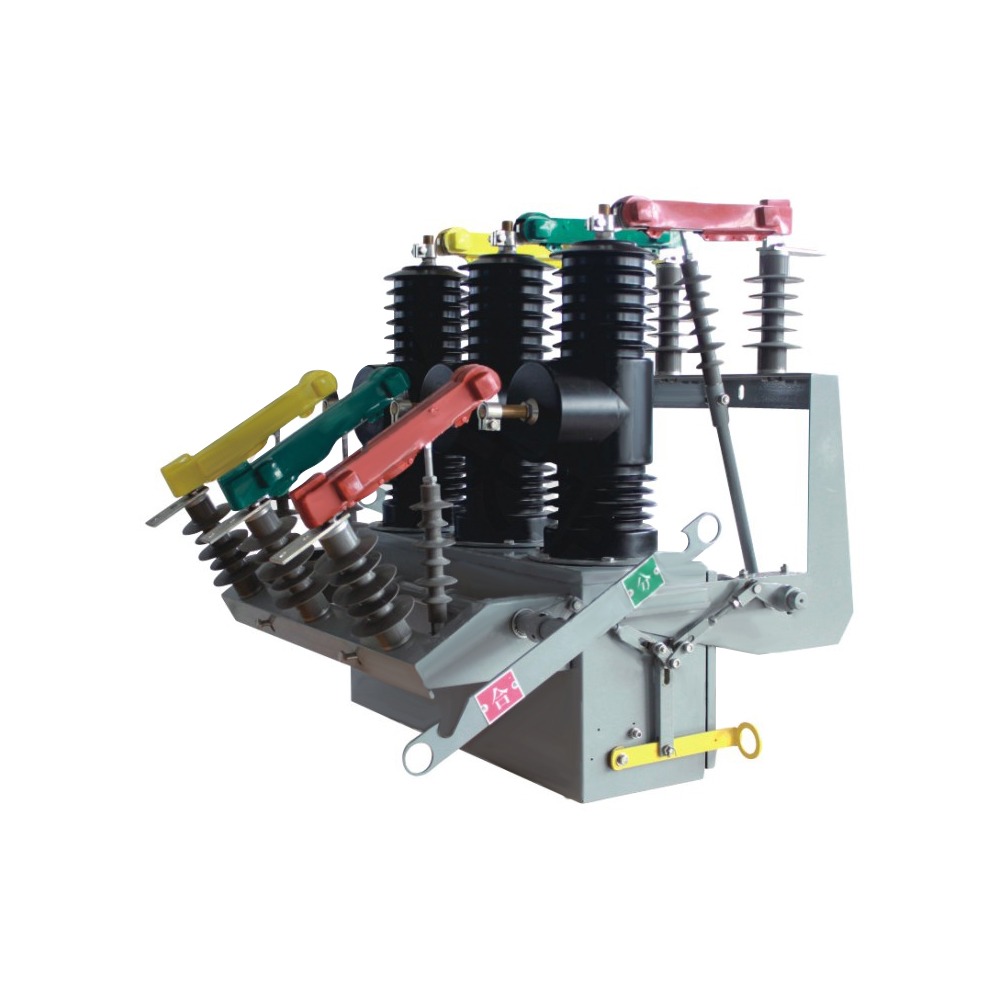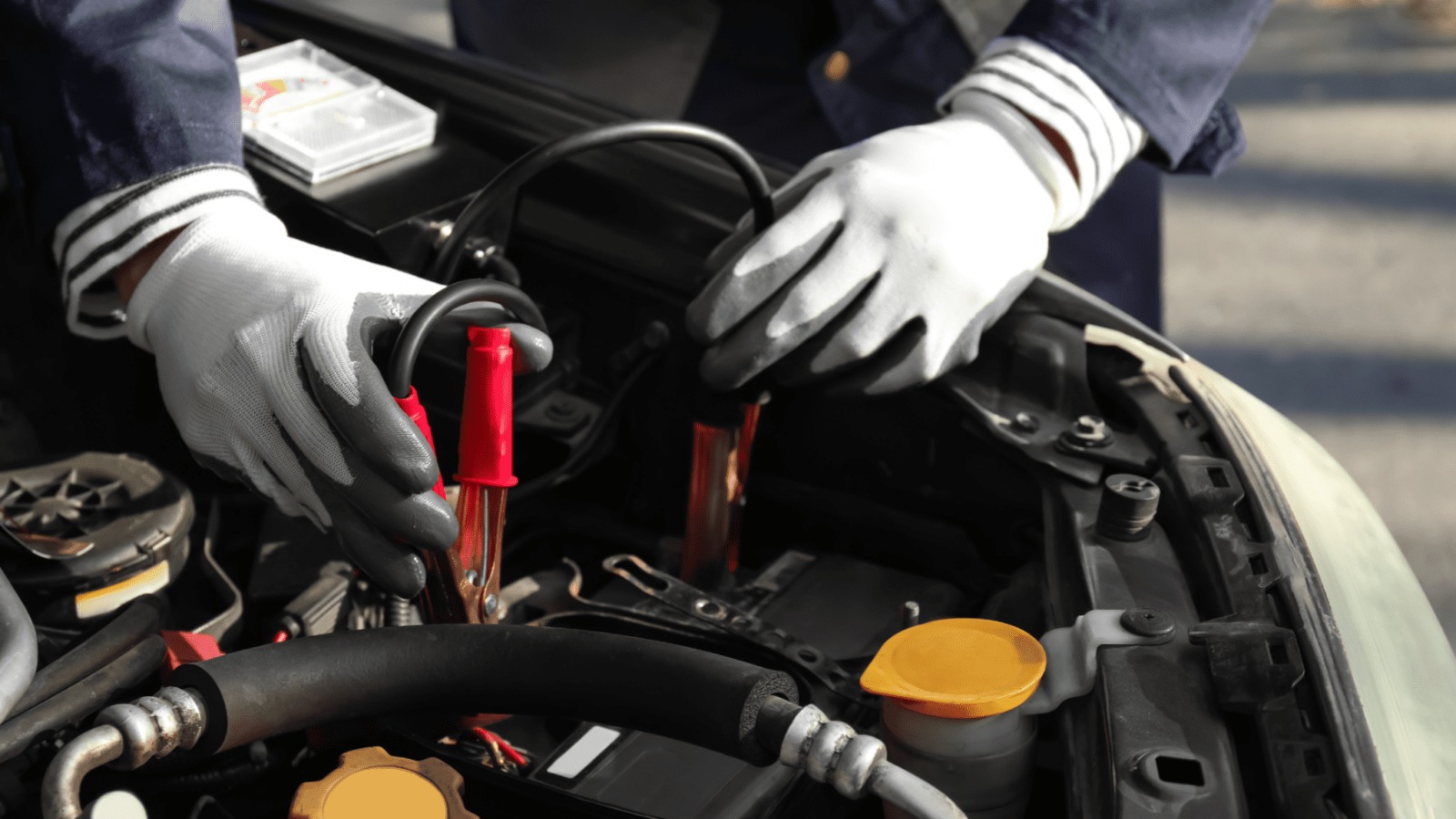Introduction to Vacuum Circuit Breaker
A vacuum circuit breaker is a critical device used in modern electrical systems to protect circuits from faults and short circuits. It works by interrupting the current flow using a vacuum as the arc quenching medium. The absence of gas or oil makes the Vacuum circuit breaker efficient, reliable, and maintenance-free. At Aierway, we understand how essential these breakers are in ensuring safety and smooth power distribution in both industrial and commercial applications.
What Is a Vacuum Circuit Breaker?
A vacuum circuit breaker is designed to automatically cut off the electrical current when a fault occurs. The arc generated during the interruption process is quickly extinguished because the vacuum has high dielectric strength. This makes the vacuum circuit breaker suitable for medium-voltage applications, ranging typically from 11kV to 33kV.
Importance of Vacuum Circuit Breaker Components
Each component of a vacuum circuit breaker plays a vital role in ensuring its performance and safety. Understanding these components helps in better maintenance, troubleshooting, and overall system optimization.
Main Components of a Vacuum Circuit Breaker
1. Vacuum Interrupter
The vacuum interrupter is the heart of the vacuum circuit breaker. It is where the actual arc interruption takes place. The contacts inside the interrupter separate when a fault occurs, and the arc formed is quickly extinguished within the vacuum. The high dielectric strength of the vacuum ensures that the arc does not re-strike, making the vacuum circuit breaker highly efficient in current interruption.
2. Contacts
The contacts are another essential part of the vacuum circuit breaker. They are made of special alloys to withstand high temperatures generated during arcing. The design of these contacts ensures minimal erosion and long service life. The contact geometry in a vacuum circuit breaker is optimized to reduce arc energy and improve interruption performance.
3. Operating Mechanism
The operating mechanism of a vacuum circuit breaker controls the opening and closing of the contacts. This mechanism can be spring-operated, motor-operated, or magnetically operated. It ensures that the movement of contacts is precise and consistent, allowing the vacuum circuit breaker to function safely and reliably under various operating conditions.
4. Insulating Housing
The insulating housing provides mechanical support and electrical insulation for the internal components of the vacuum circuit breaker. It prevents leakage currents and maintains safe separation between live parts. High-grade materials are used to ensure that the vacuum circuit breaker remains stable even under high voltage and thermal stress.
5. Arc Shield
The arc shield is installed inside the vacuum interrupter to protect the inner surface from metal vapors generated during arcing. It ensures that the dielectric strength of the vacuum chamber remains intact. By preventing contamination, the arc shield enhances the reliability and lifespan of the vacuum circuit breaker.
6. Terminal Connectors
The terminal connectors are the points where the external electrical connections are made. These connectors must have low resistance and be capable of carrying high currents without overheating. Properly designed connectors ensure efficient current flow through the vacuum circuit breaker.
7. Operating Rod
The operating rod transmits the mechanical movement from the operating mechanism to the contacts inside the vacuum interrupter. It ensures smooth and accurate operation of the vacuum circuit breaker, reducing mechanical stress on the components.
8. Control Circuit
The control circuit of a vacuum circuit breaker manages automatic operations like tripping and closing. It includes relays, switches, and sensors that monitor system conditions. When a fault is detected, the control circuit sends a signal to open the breaker instantly.
How a Vacuum Circuit Breaker Works
When the vacuum circuit breaker is in normal operation, the contacts remain closed, allowing current to flow. When a fault occurs, the contacts separate, and an arc forms. In the vacuum environment, the arc quickly extinguishes because metal vapors condense rapidly, restoring dielectric strength. Once the arc is quenched, the vacuum circuit breaker isolates the faulty section, protecting the rest of the system.
Advantages of Vacuum Circuit Breakers
- High Reliability: The vacuum circuit breaker has minimal moving parts and no gas leakage issues.
- Low Maintenance: The sealed vacuum interrupter requires little to no maintenance.
- Long Service Life: Contact erosion is minimal, extending the operational life of the vacuum circuit breaker.
- Environmentally Friendly: No use of gas like SF6, making it eco-friendly.
- Compact Design: The vacuum circuit breaker is lightweight and space-saving.
Applications of Vacuum Circuit Breakers
The vacuum circuit breaker is widely used in various sectors, including:
- Power distribution networks
- Industrial plants
- Railway traction systems
- Mining operations
- Renewable energy systems
Each application benefits from the superior arc-quenching ability and durability of the vacuum circuit breaker, ensuring safe and efficient operation of electrical networks.
Maintenance of Vacuum Circuit Breakers
Even though the vacuum circuit breaker requires minimal maintenance, periodic inspections ensure optimal performance. Checking contact wear, testing insulation resistance, and verifying mechanical operations are crucial steps. Regular maintenance enhances the reliability of the vacuum circuit breaker and reduces the risk of unexpected failures.
Future of Vacuum Circuit Breaker Technology
With advancements in materials and automation, the vacuum circuit breaker continues to evolve. Smart monitoring systems and predictive maintenance are being integrated to enhance performance and reliability. Aierway is committed to providing innovative vacuum circuit breaker solutions that meet modern energy demands.
Conclusion
Understanding the components of a vacuum circuit breaker is essential for anyone involved in electrical engineering or power system maintenance. Each component—from the vacuum interrupter to the operating mechanism—plays a vital role in ensuring safe and reliable current interruption. The vacuum circuit breaker stands out as one of the most efficient and sustainable technologies in electrical protection systems. For high-quality vacuum circuit breaker solutions, Aierway remains your trusted partner in power system reliability.



